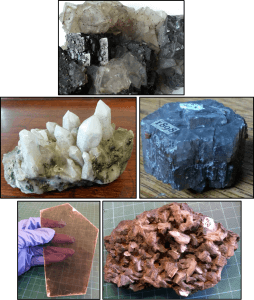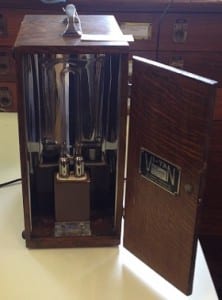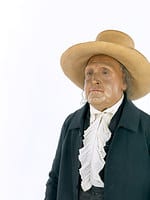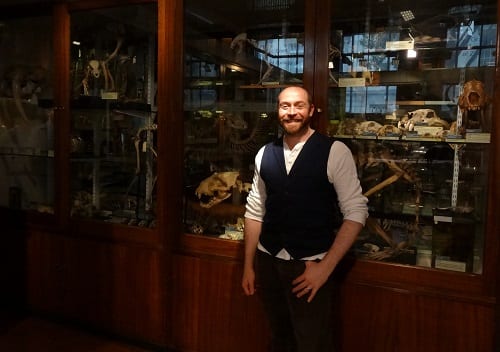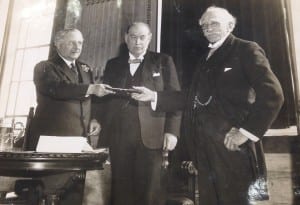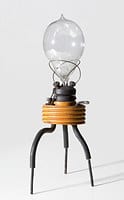We all know that museum catalogues lie. I have made it clear that I’m a firm advocate for the agency of museum practitioners. No element of museum practice happens magically by itself in a vacuum, it is enacted by those of us privileged to work with collections. When you start to look at how museum staff present information to each other and to our audiences, though, it becomes clear that our catalogues have been doing a lot of the talking for us. This begs the question, which speaks louder: curatorial actions or the words in digital catalogues? This week’s guest blogger, Ananda Rutherford, explores this question through the looking glass of the Galton Collection online catalogue.
One of the most controversial collections at UCL is, of course, the Galton Collection. Francis Galton, with his notorious interest in improving humans by selective breeding, or eugenics – the term he coined – is a problematic figure, and preserving a collection of artifacts associated with him for posterity and within the context of the modern university, is troubling. Every element of the way in which he and his collection are presented requires careful consideration.
Over the past year I have been working on the documentation of the collection with the curator, Subhadra Das. I selected the Galton Collection online catalogue as the focus of a case study for my doctoral research. Subhadra and I have been carrying out various practical tasks to improve the collection’s documentation – or filing as it is also known – and any number of other post-it based displacement activities under the guise of “creating order”. Luckily, we are both in agreement that stationery is the cornerstone of all great intellectual inquiry.
The working title of my research topic has been “What’s missing (from museum object records)?” but inevitably the question has shifted and multiplied – why is information missing, what information about objects do we expect to see, what do museum documentation professionals record and why, if they know other things why don’t they reference them?
(more…)
 Close
Close



